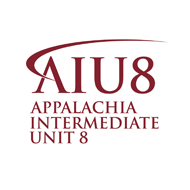Structure and Properties of Atoms and Compounds
(View Complete Item Description)The seminar contains information and experiences that demonstrate how atoms are the fundamental chemical unit from which life is constructed. The understanding of basic chemical principles follow life to its most complex form. The included resources will show how the structure of atoms leads to the building of compounds and the new properties contribute to the new structures.BIO.A.2.1.1 Describe the unique properties of water and how these properties support life on Earth (e.g., freezing point, high specific heat, cohesion).BIO.A.2.2.1 Explain how carbon is uniquely suited to form biological macromolecules.
Material Type: Lesson Plan




















